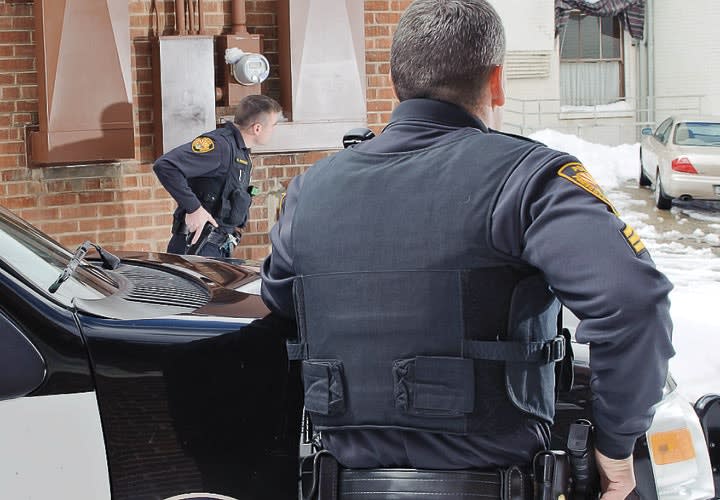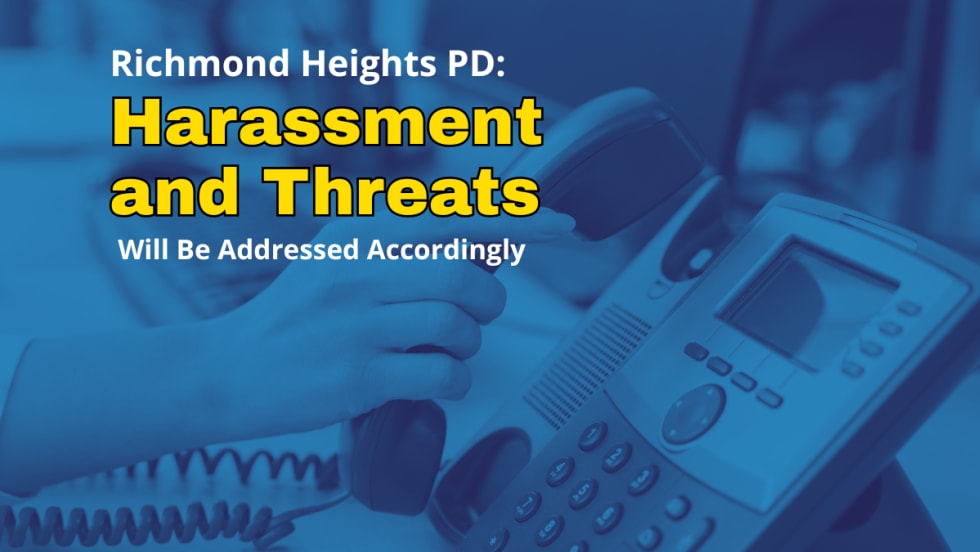Note: Police officers have a tendency to "bang" on doors with flashlights or batons, instead of knocking or ringing door bells. This is a warning to the occupants about who is outside the door, and is therefore a bad idea. Never, never stand in front of a door.
While driving toward a call located in a multi-story building, formulate an approach plan based on the building's location and surrounding area. If located in a downtown area amongst several other multi-story buildings, you may drive closer to the location and still stay out of sight. If the call is in the front part of the building, drive up in the alley to the rear. If the call is in the rear of the building, drive up in front. If there is an outside fire escape, use it to listen or see into the target location before making your presence known.
If the building is isolated, and in order to approach it you have to cross a large open space without cover, you will not be able to conceal your presence. In this situation, quickly drive up as close to the building as possible and immediately get out of the police vehicle and get inside. This will shorten your exposure to an attack by either firearms or thrown missiles or objects from the top of the building. An Air Unit, if available, can assess the rooftop for you.
Terrorist Attacks
Since the terrorist attack that targeted our nation on Sep. 11, 2001, we have become aware of the possibility that several terrorist cells may still be active in the United States, and possibly even within our own communities. Recent terrorist attacks in the Middle East, Latin America, Europe, and Asia point to the "ambush" as one of the terrorist's oft used tactics against government officials and police officers, as well as innocent civilians. Terrorists intent on injuring or killing police officers in the U.S. need only watch television shows such as COPS, Court TV, and other "realistic" police shows to learn about our tactics and develop a way to counter them.












